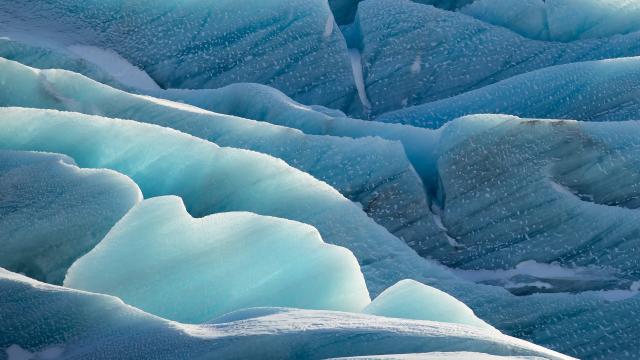In news that would be far less terrifying if we weren’t living through a pandemic, scientists have discovered 15,000 year old viruses in some Tibetan glaciers. I simply cannot stress this enough: put them back.
The findings from the study – completed by scientists at Ohio State University – were published in the journal Microbiome on Tuesday in an attempt to help scientists better understand how viruses evolve over time. You know, because we’re battling a pretty gnarly one right now.
According to the study, the viruses managed to survive for 15,000 years because the remained frozen and locked away within the Tibetan Plateau in China.
“These glaciers were formed gradually, and along with dust and gases, many, many viruses were also deposited in that ice,” lead author of the study and a researcher at The Ohio State University Byrd Polar and Climate Research Center Zhi-Ping Zhong said.
“The glaciers in western China are not well-studied, and our goal is to use this information to reflect past environments. And viruses are a part of those environments.”
In total, the genetic codes for 33 different viruses were found. Four of these viruses were already known, while at least 28 of them are novel.
The researchers also noted that the viruses likely originated from soil or plants, rather than animals or humans.
And as luck would have it, the only reason the viruses were able to survive was because of the ice.
[related_content first=”1712935″]
“These are viruses that would have thrived in extreme environments,” co-author of the study, professor of microbiology at Ohio State and director of Ohio State’s Center of Microbiome Science Matthew Sullivan said.
“These viruses have signatures of genes that help them infect cells in cold environments — just surreal genetic signatures for how a virus is able to survive in extreme conditions. These are not easy signatures to pull out, and the method that Zhi-Ping developed to decontaminate the cores and to study microbes and viruses in ice could help us search for these genetic sequences in other extreme icy environments — Mars, for example, the moon, or closer to home in Earth’s Atacama Desert.”
Interestingly, the scientists noted that the viruses are unlike anything that we have catalogued to date. Considering we’ve been researching and cataloguing viruses for a long time now, that’s a pretty huge deal.
I love science and usually, I would be all for this research, but considering our current reality feels like some sort of apocalyptic disaster movie, I am asking nicely if the scientists could leave the 15,000 year old viruses alone until we figure out the one we’re already dealing with.
